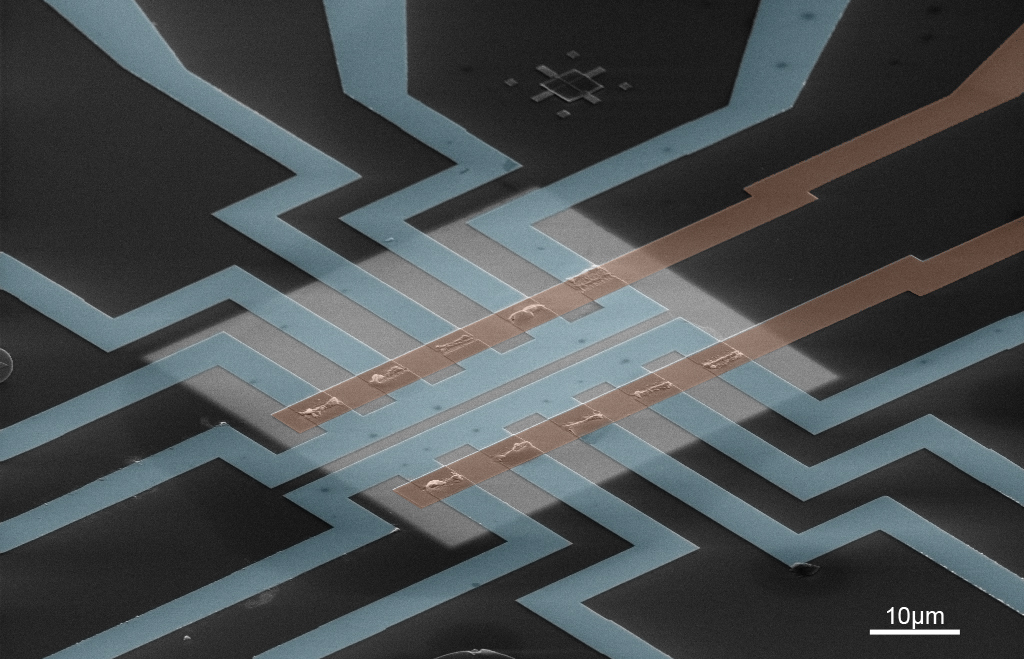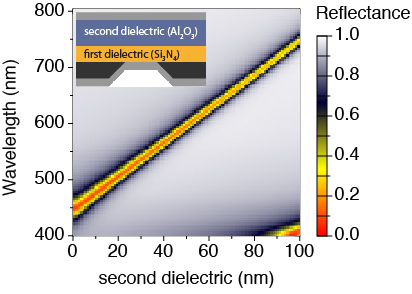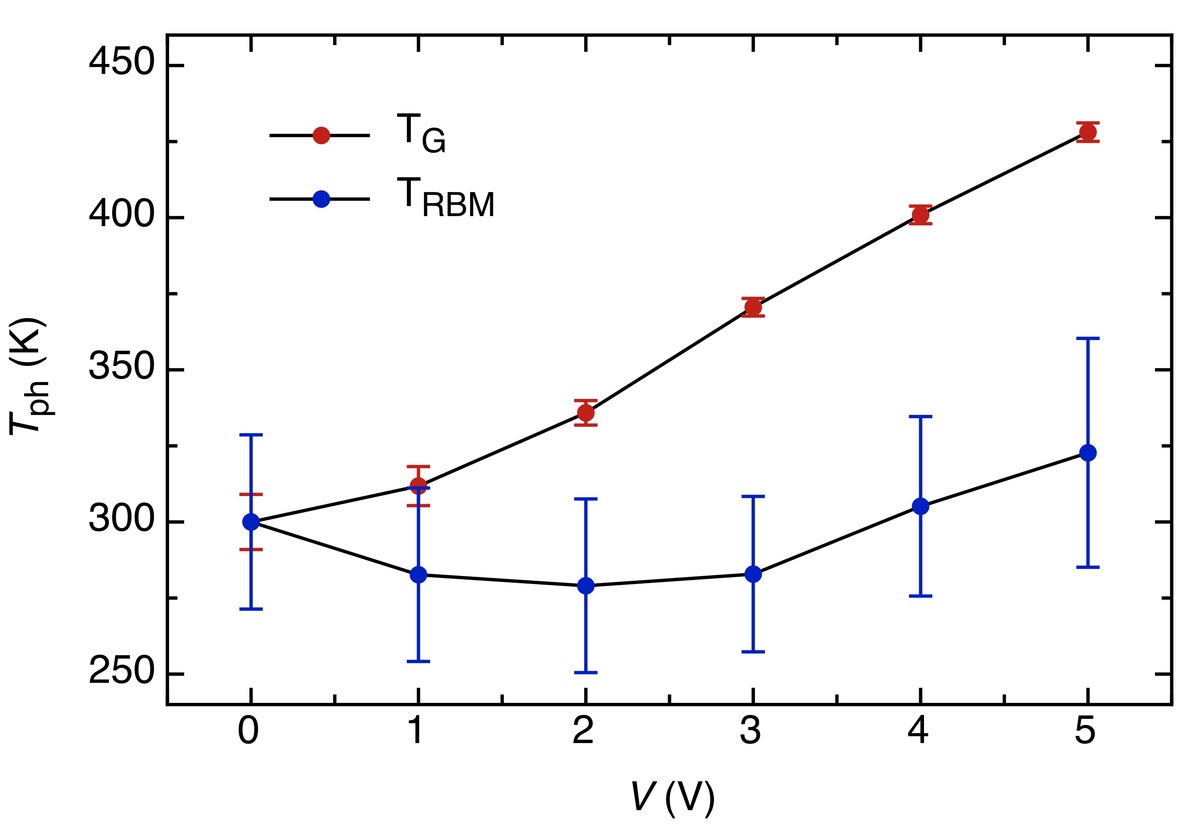B1.9: Controlling Electron Transport in Carbon Nanotubes with an Optical Micro-Resonator Cavity
Subproject Leader: Ralph Krupke
Contributing Scientists:
Michael Engel, Frank Hennrich, Mathias Steiner (IBM), Antonio Lombardo (University of Cambridge), Andrea Ferrari (University of Cambridge), Phaedon Avouris (IBM)
Nanotube and Graphene Cavity Photonics
We study the light-matter interaction by tuning the photonic environment of carbon nanotube and graphene electronic devices. Our approach is to integrate functional carbon nanotube and graphene devices into a planar optical microresonator cavity. In such a cavity the confinement of light in one or more dimensions alters the photonic density of states dramatically as compared to the free space. The confinement provided by the cavity completely determines what modes of the electromagnetic field are allowed/forbidden which for example can lead to selective enhancement/inhibition of emission/absorption.
Monolithic Integration of Nanotube Devices
For the integration of devices into an optical microresonator cavity, the standard silicon substrate has to be replaced by a material which is suitable as an intracavity medium. We have chosen to work with 50 nm thin silicon nitride membranes as low loss dielectric material. On such membranes devices are prepared by the dielectrophoretic assembling technique, which allows to assemble sorted carbon nanotubes or graphene in desired locations on the target substrate [1,2]. A second intracavity medium, Al2O3, on top of the devices in combination with two mirrors allows for easy tuning of the cavity resonance over the visible wavelength range. Sorted nanotubes are synthesized in subproject C3.2.
Integrity Test
Micro-Raman spectroscopy on encapsulated carbon nanotube devices under current flow have been performed. We observe that the G‑mode temperature increases significantly with voltage whereas the radial breathing mode temperature remains rather constant – a clear sign for a non-equilibrium phonon population [3]. This result is important, as it shows that a CNT encapsulated by Si3N4/Al2O3 behaves similar to nanotubes on a silicon substrate. Also the Raman line shapes appear unperturbed, which is further evidence that the process flow does not deteriorate the material properties significantly. The concept of integrating carbon nanotubes and graphene into optical microcavities has thus been successfully implemented and we are now studying the influence of light irradiation on the transport properties of the integrated material.
| [1] |
A. Vijayaraghavan, F. Hennrich, N. Stürzl, M. Engel, M. Ganzhorn, M. Oron-Carl, C.W. Marquardt, S. Dehm, S. Lebedkin, M.M. Kappes, and R. Krupke, ACS Nano 4, 2748 (2010) |
| [2] |
A. Vijayaraghavan, C. Calogero, S. Dehm, A. Lombardo, A. Bonetti, A. Ferrari, and R. Krupke, ACS Nano 7, 1729 (2009) |
| [3] |
M. Oron-Carl, and R. Krupke, Phys. Rev. Lett. 100, 127401 (2008) |
List of Publications 2006-2011 as PDF
Subproject Report 2006-2010 as PDF



